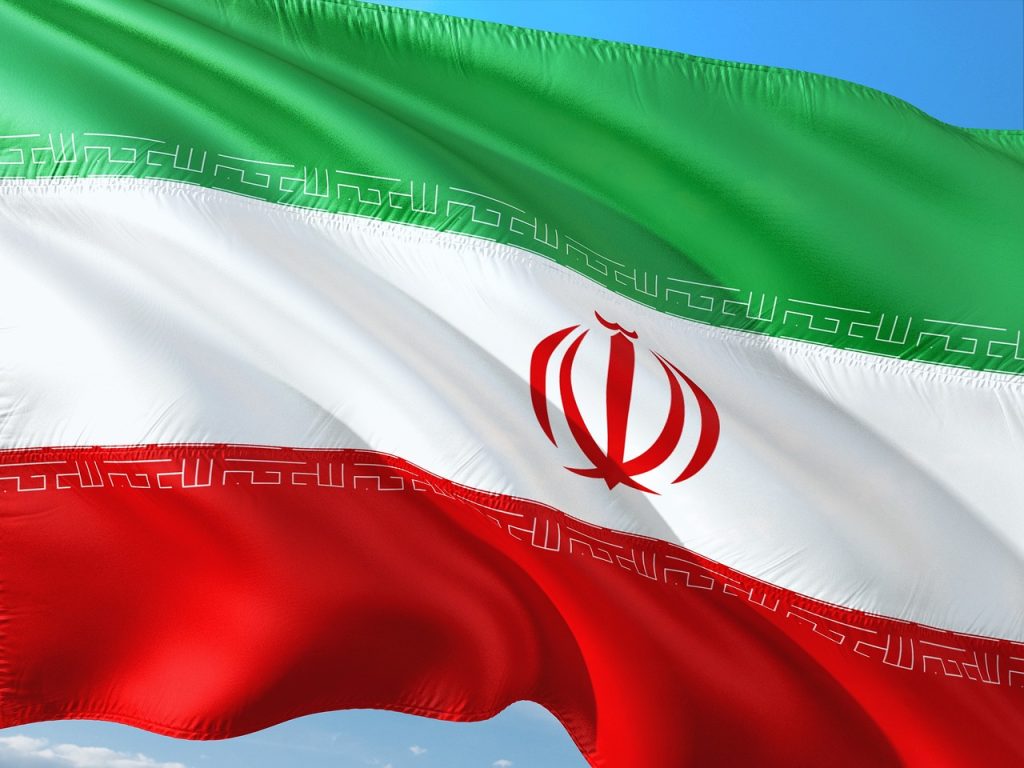The latest report from the International Monetary Fund (IMF) paints a grim picture of Iran’s economy, predicting that the country’s economic turmoil will continue to worsen. The IMF’s data indicates that Iran faces severe fiscal challenges, with escalating debt, runaway inflation, and shrinking economic growth. These challenges are compounded by ongoing U.S. sanctions and the government’s growing reliance on borrowing to fill budget shortfalls.
Iran’s Fiscal Crisis Hinges on Global Oil Prices
Iran’s budget woes are heavily tied to global oil prices. The IMF estimates that to avoid a budget deficit in 2024, Iran would need oil prices to soar above $124 per barrel — nearly 70% higher than current Brent crude prices. This year, Iran required prices above $121 per barrel, but they failed to reach that mark, leading the government to borrow extensively. As a result, Iran’s fiscal position continues to deteriorate.
The IMF report reveals that Iran’s net government debt will reach 59,000 trillion rials this year, nearly double the amount from 2018 when U.S. sanctions intensified. Worse still, this debt is expected to quadruple by 2029, adding further strain to the country’s finances.
Rising Debt and Liquidity Fuel Inflation
Iran’s gross government debt will hit $150 billion this year, an increase of $26 billion from 2022. The debt is projected to reach $162 billion in 2024, equating to 35% of Iran’s GDP. To bridge budget gaps, the Iranian government has pressured the Central Bank to print unsupported currency, driving a liquidity surge of 25-40% annually in recent years.
This flood of liquidity has contributed to one of the highest inflation rates globally. While Iran’s Statistical Center reported inflation at 34% in October, the Central Bank’s head acknowledged that real inflation was closer to 38%. Independent reports suggest the actual inflation rate could be even higher, further exacerbating the financial strain on Iranian citizens.
Economic Growth Slows, Regional Conflict Could Bring Recession
The IMF report also highlights a significant deceleration in Iran’s economic growth. While the economy grew by 5% last year, growth is expected to slow to 3.7% this year and could dip to just 2% by 2029. Much of Iran’s 2023 growth has been fueled by oil exports to China, but growth could slow further if geopolitical tensions escalate.
The IMF warns that if Iran becomes involved in a regional conflict, such as with Israel, its economy could shrink by 5% in 2024. Such a scenario could also push inflation above 100%, wiping out Iran’s accessible foreign exchange reserves, which have already dropped to $26 billion — a sharp decline from the two-decade average of $68 billion.
Threats of Conflict Further Endanger Iran’s Economy
Tensions between Iran and Israel remain high, with the two countries exchanging missile and drone attacks earlier this year. Although Israel’s responses have so far been limited to military targets, the Islamic Republic has threatened further attacks. The United States has cautioned Iran that escalating hostilities could trigger a stronger Israeli retaliation, which could further destabilize the region and plunge Iran’s economy into deeper crisis.
A Bleak Economic Outlook
The IMF’s projections suggest that without significant changes, Iran’s economic challenges will only intensify. Rising debt, high inflation, and stagnant growth create a bleak outlook for the country’s fiscal health. Compounded by the possibility of regional conflict, Iran’s economic future appears increasingly precarious, and the government’s reliance on borrowing and printing money offers little hope for a sustainable recovery.


